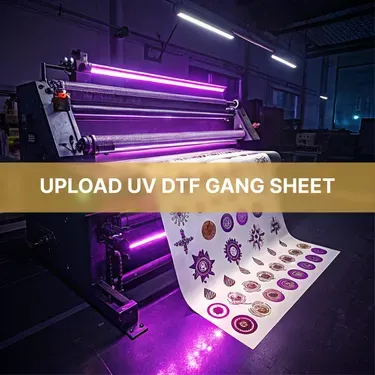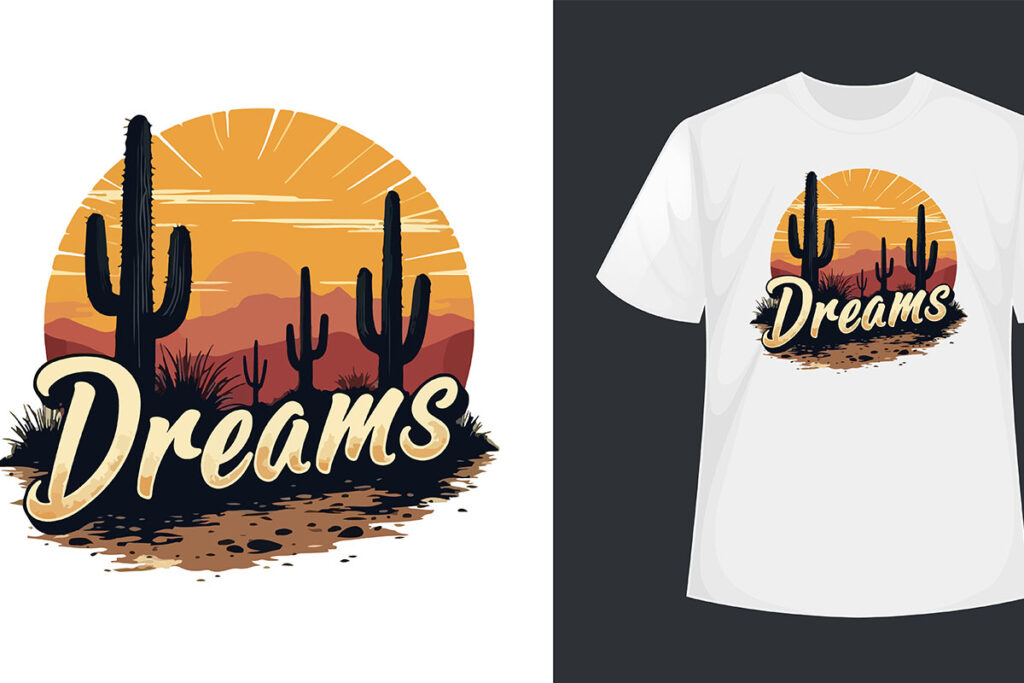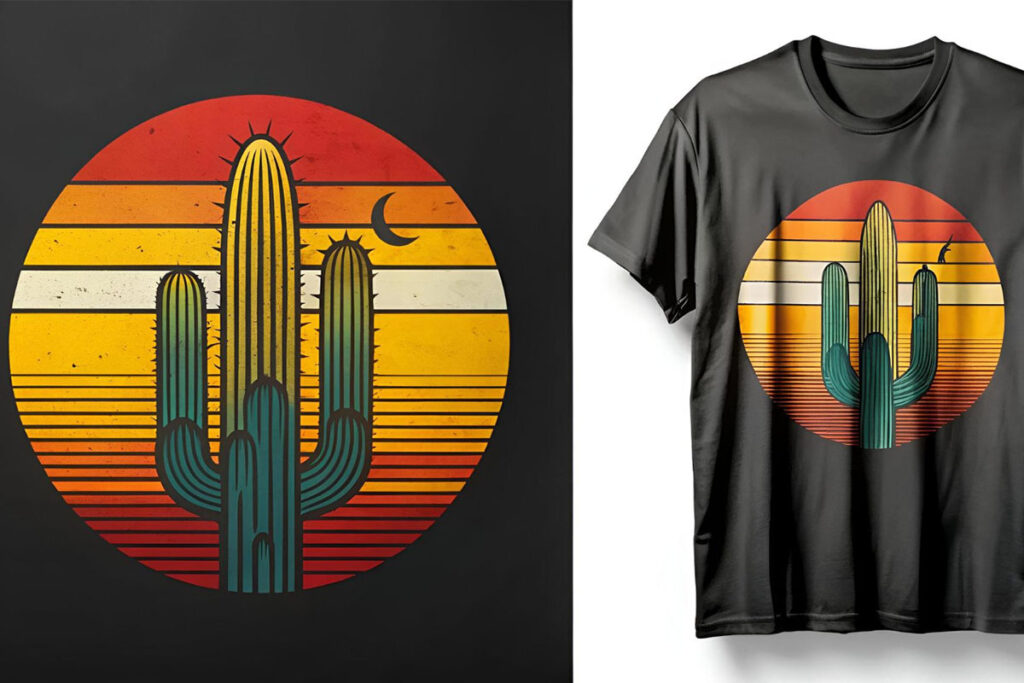UV DTF Gangheet is emerging as a groundbreaking solution in the world of print technology, offering unparalleled creative printing solutions for artists and manufacturers alike. This innovative hybrid printing technology combines the efficiency of Direct to Film printing with the rapid drying capabilities of UV printing, resulting in striking, durable designs that can be applied to a wide array of materials. As the demand for high-quality prints expands within the creative industry, UV DTF Gangheet stands at the forefront, transforming how creatives bring their visions to life. With its ability to deliver vibrant colors and intricate details, this technology is revolutionizing production processes for graphic designers and businesses alike. In this article, we will delve into the significance of UV DTF Gangheet and explore how it paves the way for the future of printing innovation.
Also recognized as UV Direct to Film technology, the UV DTF Gangheet represents a significant evolution in the realm of modern printing techniques. This state-of-the-art approach combines traditional Direct to Film printing with cutting-edge UV curing methods, thereby enhancing both the quality and durability of printed designs. By leveraging the strengths of hybrid printing technology, creatives can achieve a stunning level of detail and color vibrancy on various substrates. As the creative landscape continues to evolve, terms like “hybrid print solutions” and “advanced print technology” become increasingly relevant, highlighting the importance of innovation in meeting the unique demands of today’s market.
Understanding the Basics of DTF Printing
DTF printing, or Direct to Film printing, is an innovative technique that transforms the traditional printing landscape. By utilizing specialized films and water-based inks, DTF enables artists and designers to transfer detailed, vibrant images onto a range of materials with ease. The process begins with the creation of digital artwork, followed by film printing where the design is applied to a transparent film. This foundational step sets up the intricate detailing that DTF can achieve, making it a favored choice among creatives looking for precision.
Once the design is printed, a powder adhesive is applied while the ink is still wet. This unique bonding method allows for a strong adherence during the heat transfer phase, where the film is pressed onto the desired substrate. The result is a stunning transfer that retains the original vibrancy of the design, showcasing the depth and richness of colors. DTF printing stands out for its versatility, making it suitable for a myriad of materials from textiles to rigid substrates people often use.
Unlocking the Power of UV Technology in DTF
The integration of UV technology into DTF printing represents a significant leap in print technology. UV DTF printing combines the best features from both UV and DTF methods, resulting in rapid curing processes that enhance durability and functionality. When UV inks are exposed to ultraviolet light, they cure almost instantly, locking in colors and preventing smudging or fading. This aspect of UV technology means that prints can withstand the rigors of everyday wear and tear, making it an ideal solution for fashion and promotional products alike.
Moreover, the versatility of UV DTF extends beyond just high-quality prints; it can be applied to various surfaces, including textured and uneven materials. This capability broadens the horizons for creatives and manufacturers, as they can now explore innovative designs that were previously challenging to produce. The seamless combination of DTF and UV promises longer-lasting results, pushing the boundaries of what’s achievable in the realm of print technology and creative applications.
Innovations Driving the UV DTF Gangheet
One of the game-changers in the print industry has been the emergence of specialized printers designed for UV DTF applications, such as those from leading companies like Epson and Mutoh. These advancements signal a shift towards hybrid printing technologies that bring together the strengths of both DTF and UV methods. The introduction of advanced printers allows for high-speed production with minimal downtime, catering to the growing demand for swift delivery in the competitive creative sector.
Furthermore, these printers utilize innovative ink formulations specifically targeted at enhancing the UV DTF process. By focusing on attributes like brightness, flexibility, and adhesion, manufacturers are setting new standards in print quality. This continuous evolution within UV DTF technology ensures that artists and designers can achieve even more intricate designs, further fueling their creative aspirations and meeting clients’ diverse needs.
Benefits of Choosing UV DTF for Creative Projects
The shift towards UV DTF printing offers countless benefits for graphic designers and product manufacturers. Notably, the customization capabilities of UV DTF printing empower creatives to cater to varied client requests. Whether producing promotional merchandise or custom apparel, the ability to print on diverse substrates means that each project can be uniquely tailored. As consumers increasingly seek personalized products, the adaptability that UV DTF provides positions it as a front-runner in the printing industry.
Additionally, the efficiency of the printing process cannot be overlooked. With UV inks curing in a matter of seconds, production times are significantly reduced. This rapid output allows businesses to take on larger orders and respond swiftly to market demands, all while maintaining high-quality standards. Furthermore, the environmentally friendly nature of many UV inks improves sustainability efforts, aligning with the growing consumer preference for companies that prioritize eco-friendly practices.
Emerging Market Trends in UV DTF Printing
The popularity of DTF printing is on the rise, driven by an increasing demand from industries such as fashion, textiles, and promotional products. Recent market research indicates that the advent of UV capabilities within DTF printing could amplify this growth even further, tapping into new creative applications across various sectors. As businesses strive to remain competitive, adopting innovative technologies like UV DTF will be key in satisfying the evolving needs of their clients.
Hybrid technologies within the printing market indicate a robust direction toward adaptability and versatility. As print service providers recognize the advantages of UV DTF technology, the landscape of creative printing solutions will continue to evolve. This trend encourages innovation across the print industry, empowering creatives to experiment with fresh ideas while delivering products that resonate well with today’s consumers.
The Future of UV DTF Technology in Printing
Looking towards the future, UV DTF technology, highlighted by innovations like the UV DTF Gangheet, is poised to redefine the printing industry. As these technologies mature, we can expect to see ongoing improvements in print quality, speed, and substrate compatibility. For designers, this represents an exciting opportunity to explore new creative horizons while ensuring their work meets high standards in durability and vibrancy.
Additionally, as environmental concerns continue to influence consumer choices, the development of sustainable UV DTF options will likely play a crucial role in shaping the future market landscape. Businesses committed to greener practices will find increased opportunities to attract environmentally-conscious clients, driving demand for eco-friendly printing solutions. Ultimately, the convergence of creativity and technology will shape the next generation of print solutions, ensuring that UV DTF remains at the forefront of innovative practices.
Frequently Asked Questions
What is UV DTF Gangheet and how does it transform print technology?
UV DTF Gangheet is a cutting-edge hybrid printing technology combining Direct to Film (DTF) printing with UV printing capabilities. This innovative approach allows for vibrant colors, intricate designs, and durable prints, making it a game changer for graphic designers and manufacturers looking for high-quality and efficient creative printing solutions.
How does UV DTF printing differ from traditional UV printing methods?
Unlike traditional UV printing, which directly prints onto substrates, UV DTF printing first transfers designs onto a film. This film is then applied to materials using a heat transfer process. The hybrid nature of UV DTF allows for greater versatility and detailed customization on various surfaces, expanding creative printing possibilities.
What are the advantages of using UV DTF printing for fabric applications?
UV DTF printing offers several advantages for fabric applications, including enhanced durability of prints, the ability to cure inks almost instantly, and versatility across uneven or rigid surfaces. This ensures that designs maintain their vibrancy while being securely bonded to fabrics, making it perfect for intricate creative printing solutions.
Can UV DTF Gangheet be used on a variety of materials?
Yes, one of the key benefits of UV DTF Gangheet is its ability to print on a wide range of materials, including textiles, plastics, and wood. This versatility allows creatives to explore new design opportunities and customize products to meet diverse market demands.
How does the eco-friendliness of UV DTF Gangheet compare to traditional printing methods?
UV DTF Gangheet utilizes UV inks that typically contain fewer volatile organic compounds (VOCs) than traditional solvent-based inks, making it a more environmentally friendly option. As sustainability becomes increasingly important in the creative industry, UV DTF offers a greener alternative for high-quality printing.
What is the production timeline with UV DTF Gangheet technology?
The UV DTF Gangheet technology significantly reduces production timelines. The rapid curing process of UV inks allows prints to be ready for handling almost immediately after printing, enabling faster turnaround times that help businesses meet urgent market demands and enhance overall productivity in creative projects.
| Aspect | Details |
|---|---|
| Introduction | UV DTF technology combines Direct to Film printing with UV curing to create vibrant and durable prints for the creative industry. |
| What is DTF Printing? | A technology that transfers designs onto substrates via a process involving design creation, film printing, adhesive application, and heat transfer. |
| Advantages of DTF | Allows for fine details and color gradation, suitable for complex designs that traditional methods struggle with. |
| UV Technology Benefits | Enhances durability, versatility with substrates, and offers high-quality finishes with glossy or matte options. |
| Key Developments in UV DTF | Epson and Mutoh are leading with specialized hybrid printers and new ink formulations for brighter colors and better adhesion. |
| Advantages for Creatives | Provides customization options, efficient production times, and aligns with environmental sustainability practices. |
| Market Trends | Growing demand from fashion and promotional sectors; hybrid technologies are expected to continue expanding. |
| Conclusion | UV DTF Gangheet is transforming the print industry with limitless possibilities for creative designs and improved print quality. |
Summary
UV DTF Gangheet is leading a transformative wave in the print technology space, purposefully designed for creatives who demand both quality and innovation. This technology allows for intricate, colorful designs that are not only striking but also durable and versatile across a range of substrates. By leveraging advanced UV curing, creatives can enjoy faster production times while maintaining high environmental standards, meeting both aesthetic and operational demands of today’s marketplace. As the technology develops, it promises to continuously reshape the creative landscape, enabling artists and designers to explore new horizons in their work.



